
Politics
17:24, 02-May-2017
UNDP experts suggest cooperation with China’s Belt and Road Initiative in war-torn countries

By CGTN's Chen Pan
China is enlarging its vision of the Belt and Road Initiative. Experts suggest that its cooperation with international organizations such as the United Nations Development Program (UNDP) will better mobilize their resources to promote development, especially in war-torn countries like Afghanistan.
The cooperation between the UNDP and the Belt and Road Initiative can better integrate resources including infrastructure, capital, knowledge and experience to further promote development in the most needy countries and areas around the world, UNDP experts told CGTN’s "World Insight".
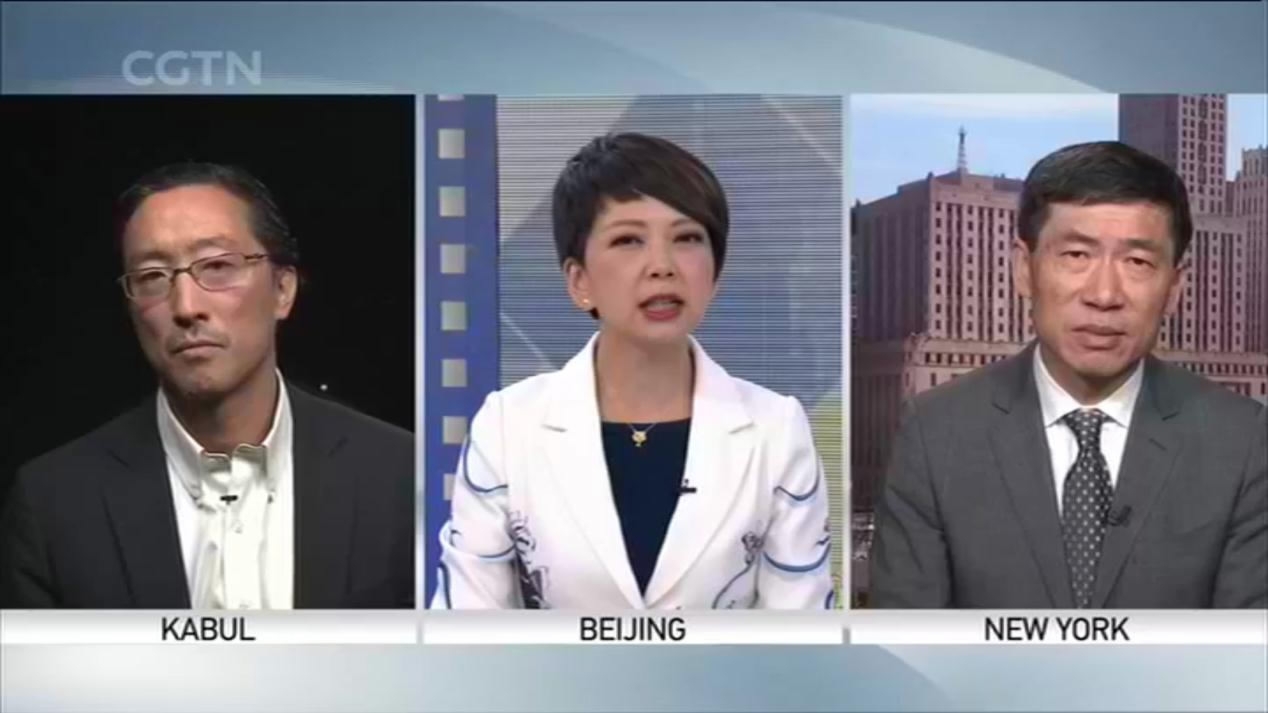
The host of "World Insight" Tian Wei (C) with two UNDP experts - Douglas Keh (L), UNDP country director in Afghanistan and Xu Haoliang (R), assistant secretary-general of the United Nations and director of UNDP Regional Bureau for Asia and the Pacific /CGTN Photo
The host of "World Insight" Tian Wei (C) with two UNDP experts - Douglas Keh (L), UNDP country director in Afghanistan and Xu Haoliang (R), assistant secretary-general of the United Nations and director of UNDP Regional Bureau for Asia and the Pacific /CGTN Photo
“In terms of platforms, the Belt and Road Initiative is a platform to encourage multilateral cooperation, through connectivity, through investment flows, through people to people exchanges, to provide opportunities for growth and prosperity. Another international framework, which is accepted by all countries in the world, is UN’s sustainable development agenda for 2030, the framework of Sustainable Development Goals,” said Xu Haoliang, assistant secretary-general of the United Nations and director of UNDP Regional Bureau for Asia and the Pacific.
“I think what we need to do now is to try to align the objectives, visions of the Belt and Road Initiative with the visions of Sustainable Development Goals, so that what is seen as a Chinese initiative is actually in line with what is widely accepted as an international cooperation framework for development,” Xu added.
Among all the organizations, the UNDP has abundant experience in addressing issues including poverty, education and development. It’s now funding on a bridge construction for one of the war-torn Afghan community, which is a typical infrastructure project strongly needed in the country.
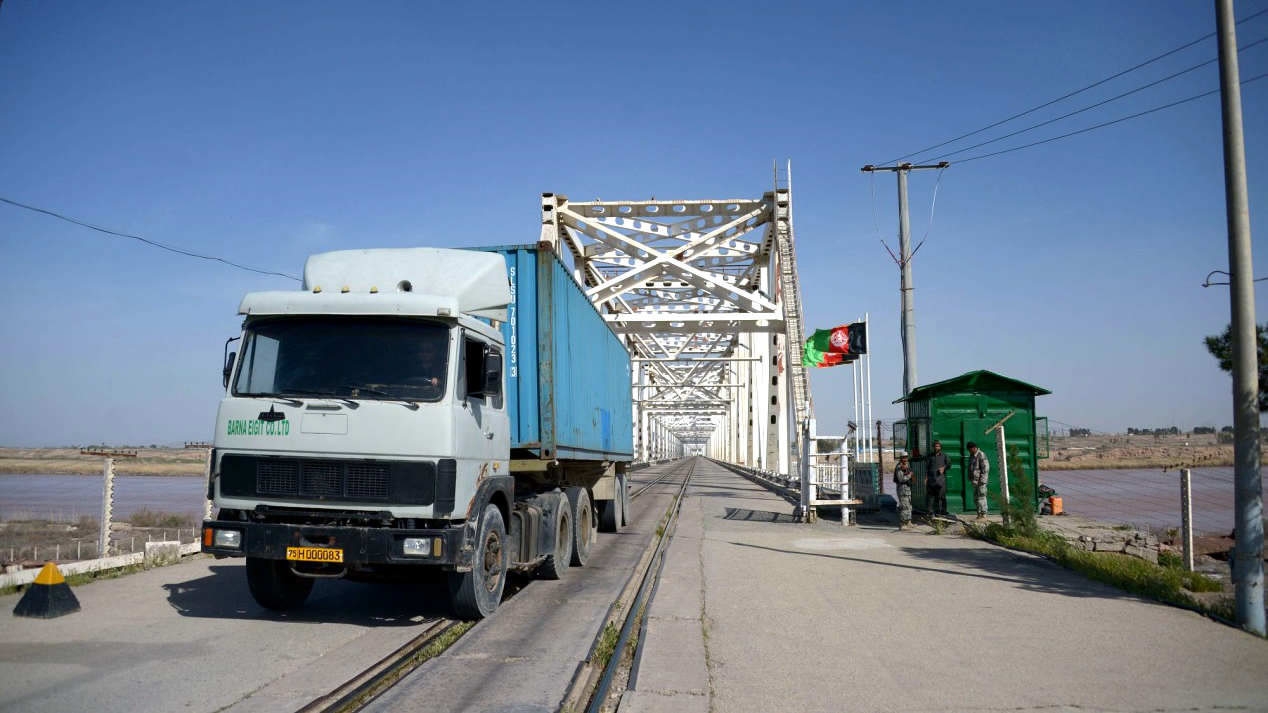
Truck passes a bridge in Afghanistan. /CFP Photo
Truck passes a bridge in Afghanistan. /CFP Photo
“Afghanistan sits in the middle of major countries in the region. It’s the bridge to central Asia for countries like Pakistan and China, and further on to Middle East. I think the fact that the freight train from China has arrived in Afghanistan, and the flight between Kabul and Urumqi has restarted, are both indications that this bridge role is going to expand. And with expansion of this connectivity, there will be more growth, more jobs and prosperity,” said Xu.
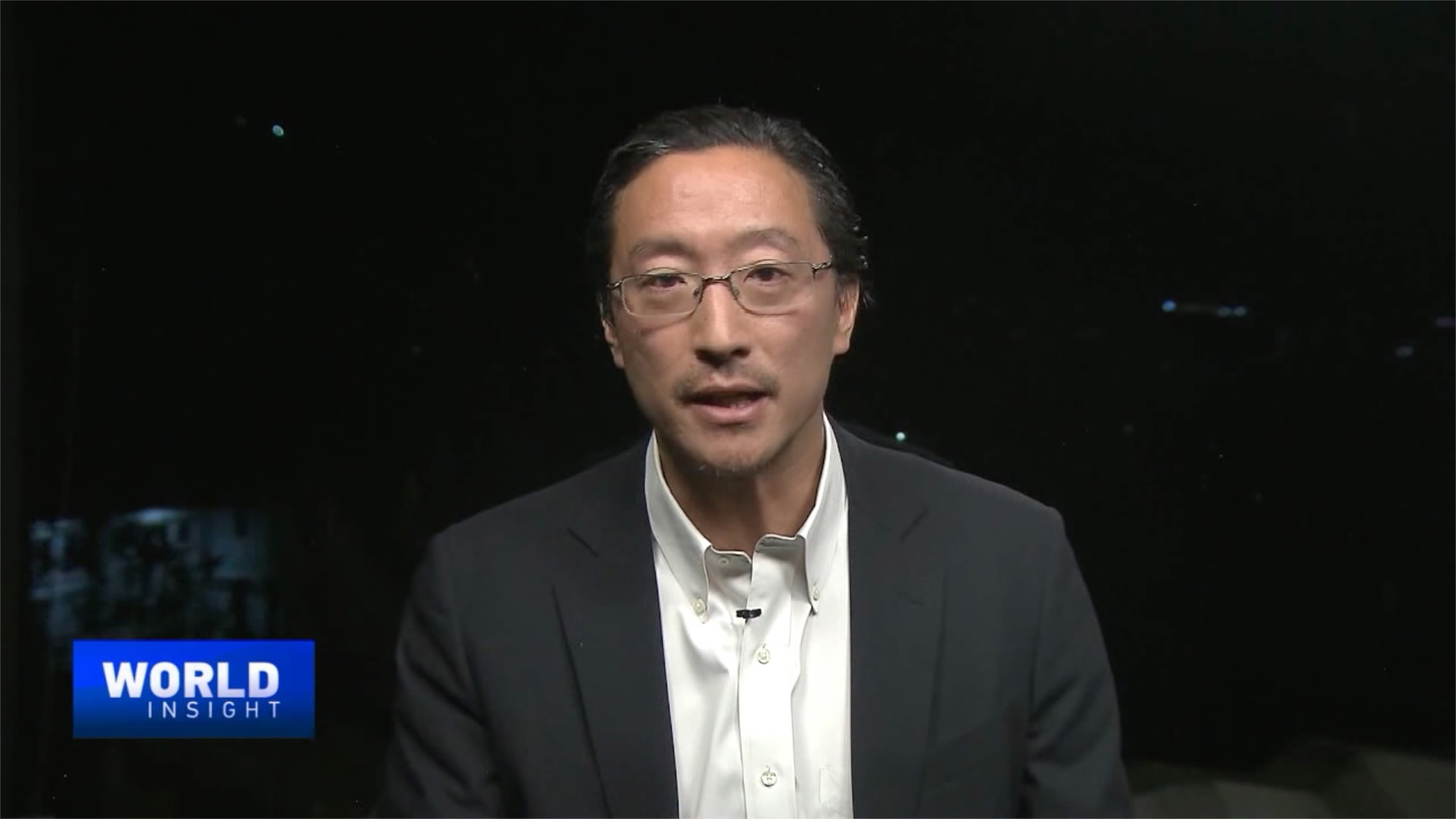
Rural Afghanistan is blessed with renewable energy resources, including hydro, solar, wind and biomass. However, a lack of modern forms of energy generation means these resources are wasted.
“It’s believed that there’s more than 1.3 trillion dollars of minerals underground in Afghanistan, which will provide huge amount of long-term development support for the country. However, we have to develop the system to manage this industry, and to ensure the revenues and profits are spread, so you have inclusive growth process which includes people throughout the country that the wealth is not concentrated in the hands of a few,” said Douglas Keh, UNDP country director in Afghanistan.
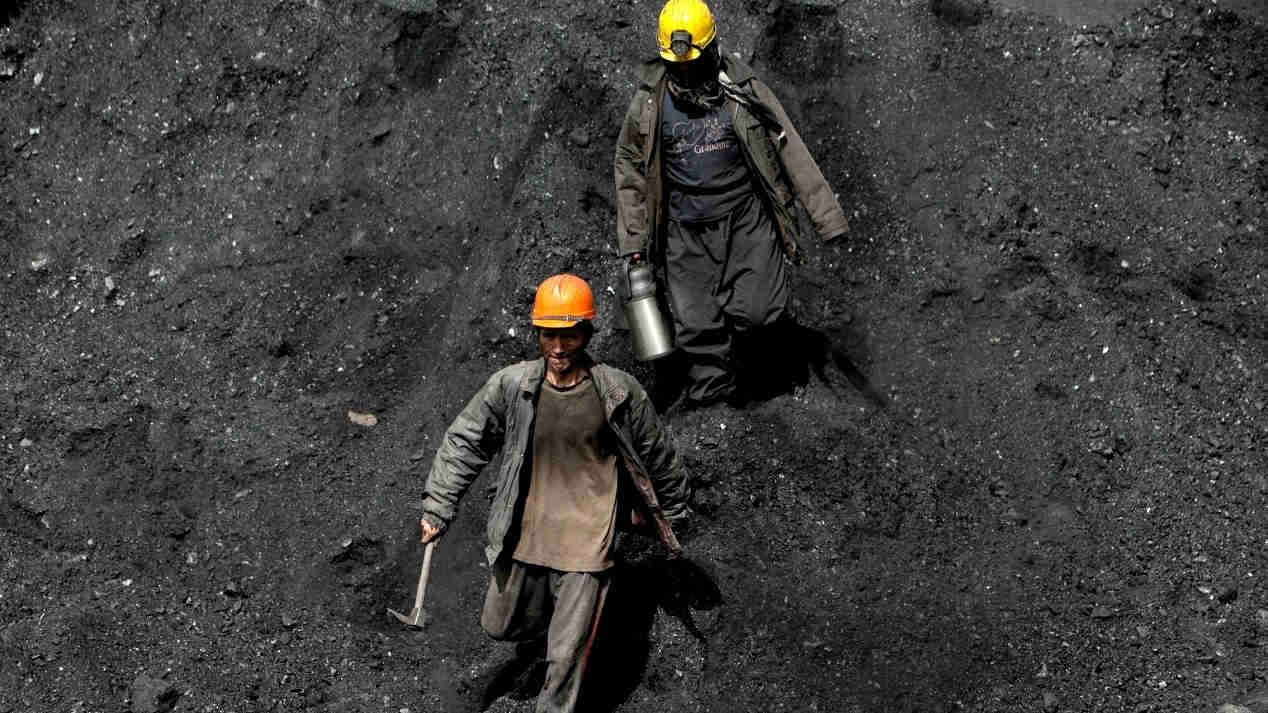
Afghan miners /CFP Photo
Afghan miners /CFP Photo
In Afghanistan, with declines likely in foreign aid over the coming years, the huge potential of the extractive industry is more important than ever. However, investment has been held back by instability, conflict, corruption, terrorism and a lack of capacity.
“I think as we move forward, the security situation is the foremost risk to development at this point,” Keh said.
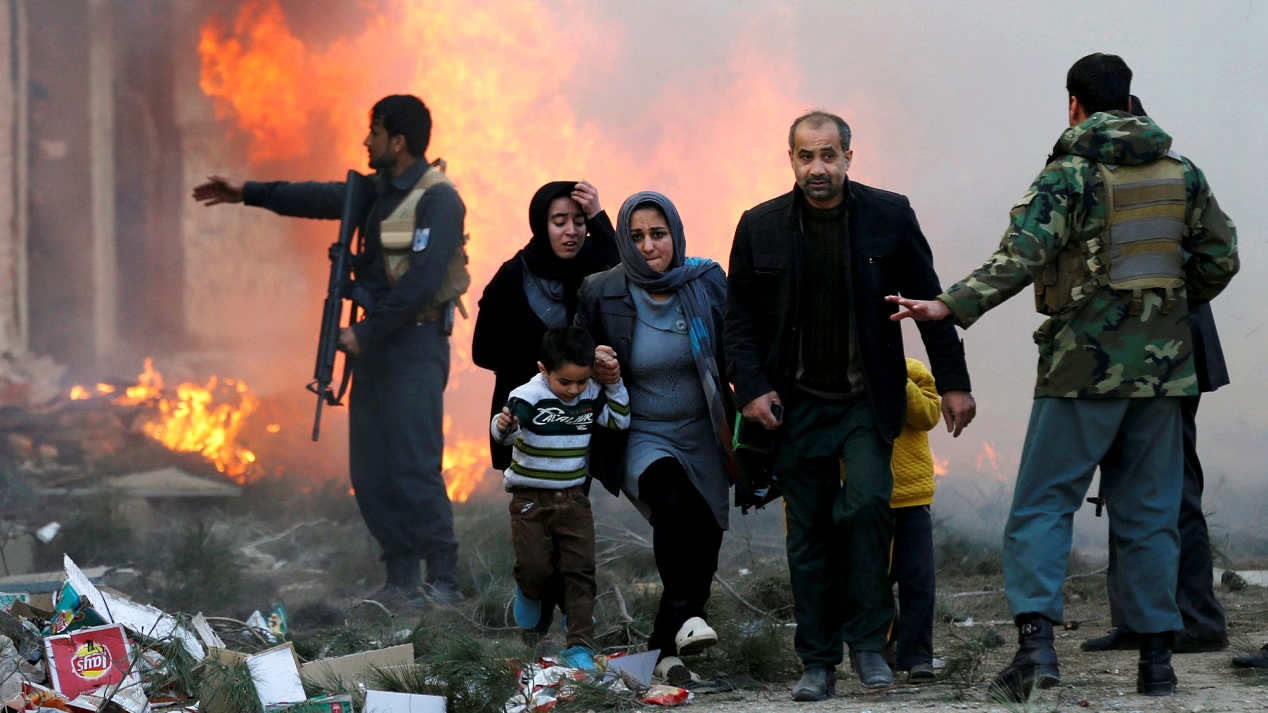
Survivors of a blast in Kabul, Afghanistan March 13, 2017. /CFP Photo
Survivors of a blast in Kabul, Afghanistan March 13, 2017. /CFP Photo
Xu Haoliang also pointed out that the Afghan government has been working on peace agreements with anti-government groups. So progress is being made, but a lot more are still needed.
And according to Douglas Keh, China is primarily providing aid to Afghanistan through bilateral channels, directly from China to Afghanistan.
“The Chinese government is currently seriously considering how to broaden its approach to include the multilateral channel more here in Afghanistan, for one reason, because they want to benefit from the UN’s funds in such a highly insecure, high risk environment. We have programs and operations throughout the whole country for many many years, and that experience in terms of how to account for each dollar, yen, euro, each unit of financing here is no small challenge,” said Keh.
“It’s going to be interesting to cooperate with the Belt and Road Initiative to see how we can catalyze China’s support, financial and good intentions to practical impact on the ground,” Keh added.
4184km

SITEMAP
Copyright © 2018 CGTN. Beijing ICP prepared NO.16065310-3
Copyright © 2018 CGTN. Beijing ICP prepared NO.16065310-3